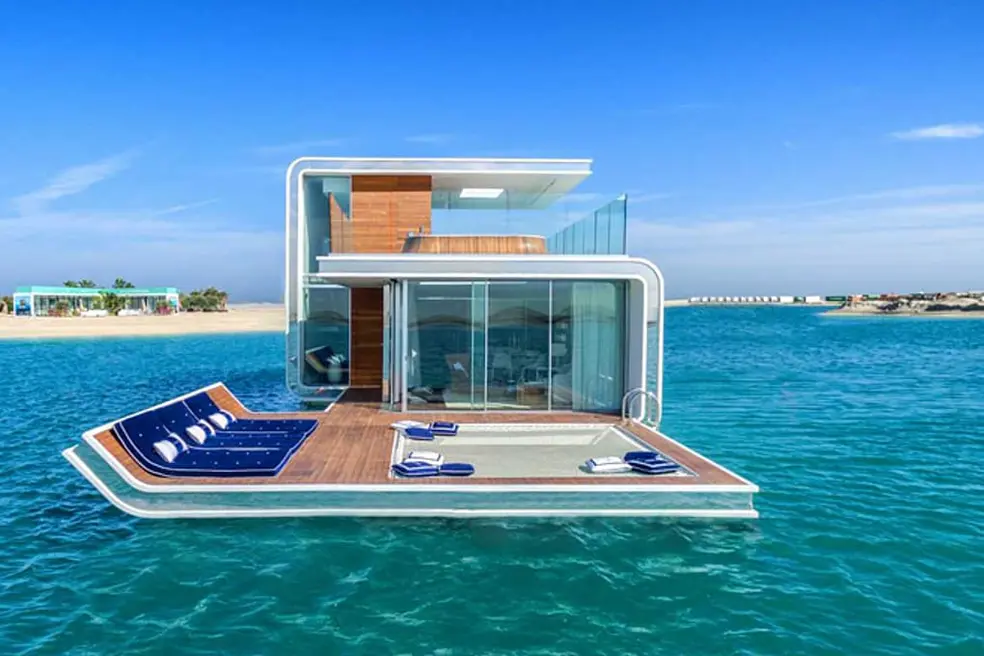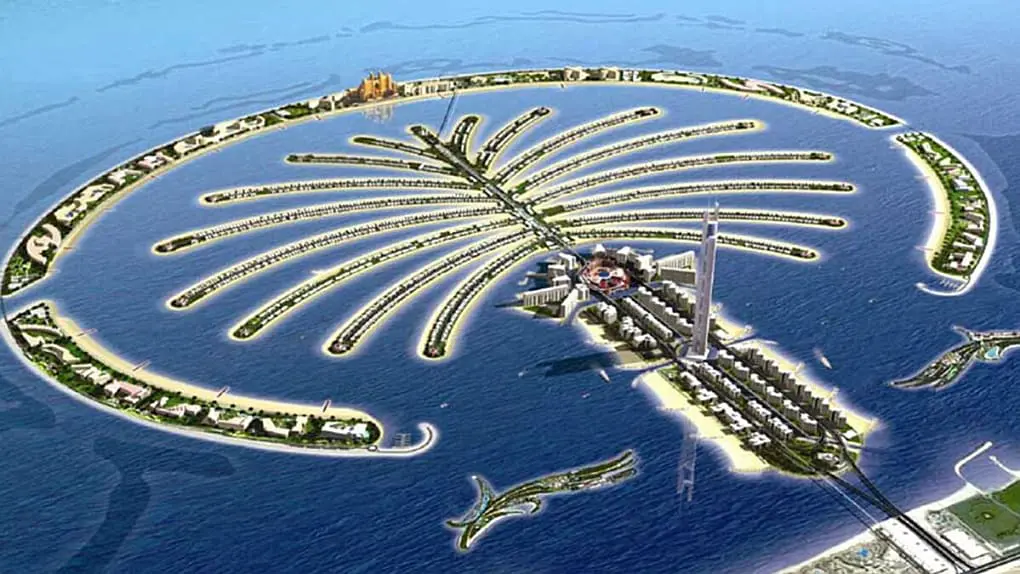Human shield
And so it came to pass that the former president has become a human shield. In doing so he risks being reduced to part of a cult, rather than remaining what he was, a leader with a devoted following that included the cult—among many others backing him.
On Monday, the former president said he volunteered because his friend the besieged pastor “is distracted at the moment.” He will run things for now, he added, though he clarified this means focusing on the pastor’s properties “to see to it that it is preserved well for the congregation … the buildings and the properties which the kingdom owns.” A lawyer seems to think otherwise, that the former president will be expected to do a lot more: “He shall see to it that assets are protected, payables are paid, receivables collected and all financial matters are handled with due diligence with the end in view of benefiting the members of KOJC (Kingdom of Jesus Christ) in the best possible manner.”
The same lawyer told members of the House of Representatives that the fugitive Apollo Quiboloy didn’t actually have anything to do with running his media empire since “the last quarter of 2018.” This was by way of explaining to the House, which is threatening to revoke the franchise of Sonshine Media Network International (SMNI), that he neither owns it nor runs it.
One congressman brushed aside the former president’s becoming a human shield and suggested instead that Quiboloy’s affairs seem to be in disarray: “We could not even clarify when did he leave SMNI, or when did pastor (Marlon) Acobo take over. The records of the Securities and Exchange Commission are also in disarray,” 1-Rider party list Rep. Rodge Gutierrez told reporters.
A rule of thumb is that national media is less relevant to members of the House while it’s essential to the political prospects of members of the Senate. It may explain why the House shows no signs of letting go while the Senate has a small but formidable cluster of senators who have taken Quiboloy’s side, from the President’s own contrarian sister Imee Marcos, to Nacionalista Party (NP) matriarch Cynthia Villar, and Duterte bloc members Bong Go and Robin Padilla. At a time when the media landscape and thus, its reach (and the autonomy or independence of media itself) has drastically shrunk, Quiboloy’s media empire is one of the last ones standing independent of the administration.
Fewer seem convinced that the coalition elected in 2022 will go into the 2025 midterms as anything other than enemies. Though a confrontation was inevitable, it wasn’t until 2028 was near that it had to be so; indeed the Vice President herself is still trying to ensure she remains, officially at least, part of the ruling coalition until then. But even if she does, she risks doing so as a hostage and no longer a partner with independent political means. Her won “aggrupation,” Hugpong ng Pagbabago, remains overshadowed by her father’s affiliations and indeed, in danger of extinction.
Her father’s affiliations are also shrinking, and with it, his independence.
You can track influence by looking at party size. Since March 2023, when I last looked, to today, the relative standing of parties reveals the relative standing of their principals. The two traditional parties, the PDP-Laban (from 39 to five) and Lakas-CMD (from 67 to 92), have shrunk and grown significantly, respectively. For the parties that are essentially commercial enterprises, they have retained their cohesion, rather well: the Nacionalistas went from 36 to 34; the Nationalist People’s Coalition (NPC), from 35 to 33; and the National Unity Party (NUP), from 33 to 36. Even the nominal affiliations of the President and Vice President, respectively, have changed: the Partido Federal ng Pilipinas, from two to 10; and the Hugpong ng Pagbabago, from six to one.
The picture is different in the local arena. PDP-Laban retains 19 governorships and 29 vice governorships and has 269 provincial board members; Lakas-CMD has 10 governorships, 18 provincial board members, but also, 68 city and municipal mayorships and 514 city and municipal councilors; the Partido Federal has 17 governors and three vice governors while Hugpong ng Pagbabago seems to have none at all. The Marcos-Romualdez dual party system thus has the Duterte-Arroyo machine trapped in a kind of political sandwich. I should mention as an aside, that the NP (12 governors, 10 vice governors, 116 provincial board members), NPC (11 governors, six vice governors, 90 provincial board members), and NUP (nine governors, 67 provincial board members, 125 city and municipal mayors, and 990 councilors) to me, are different political animals altogether since they are best understood as corporate subsidiaries.
By turning himself into a human shield for Quiboloy, the former president will find himself volunteering for a fight that narrows his circle, win or lose.


